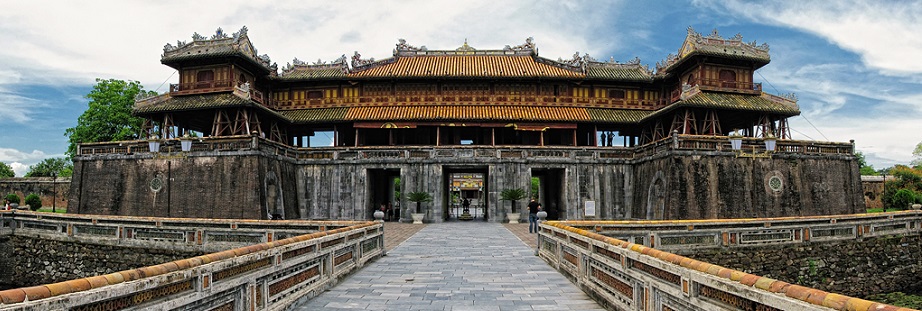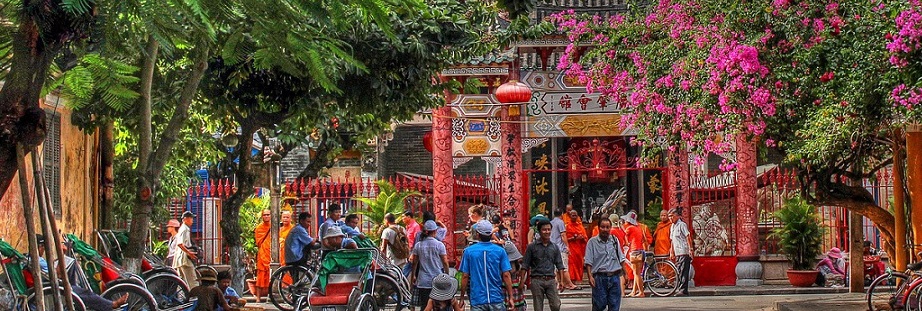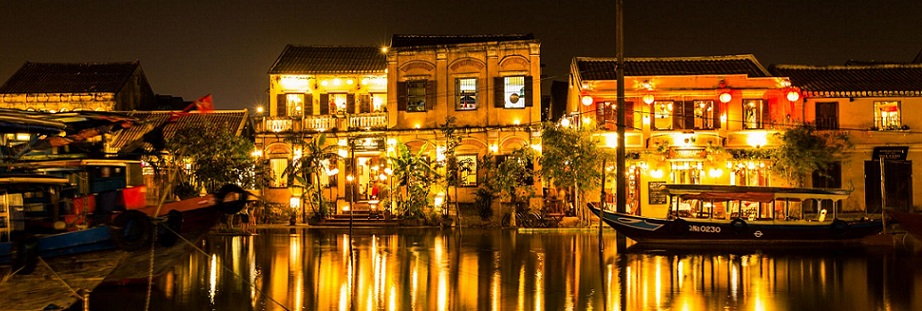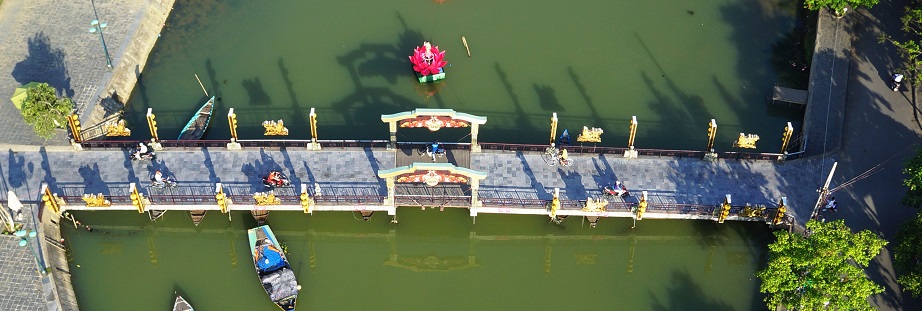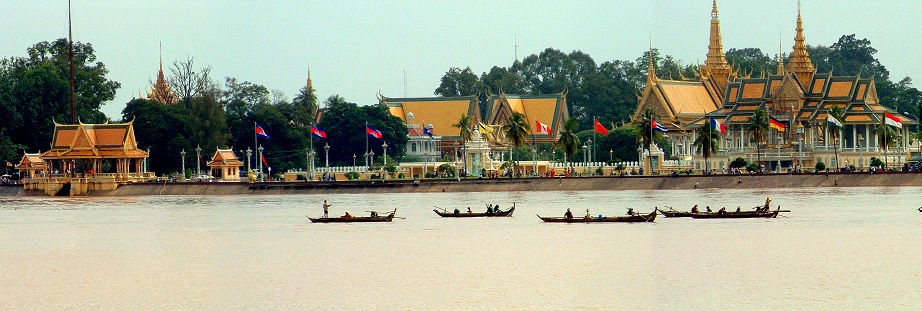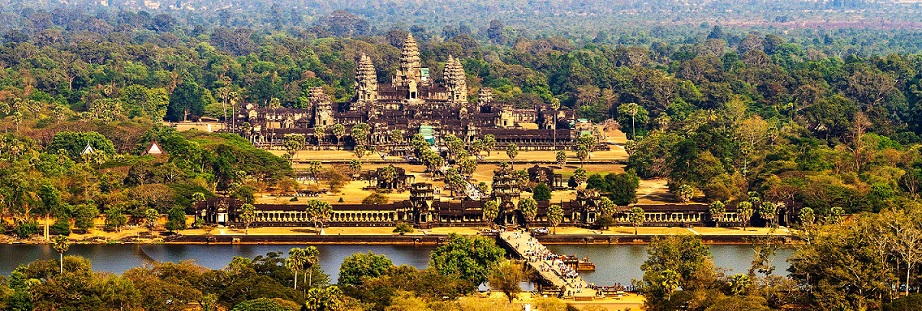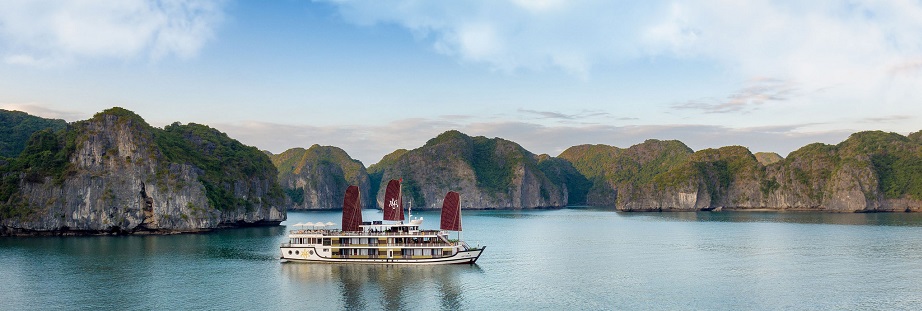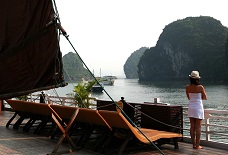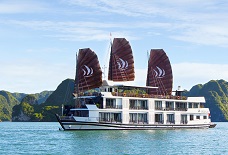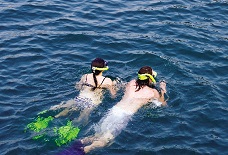Hotline:
0242 2420 777
Email: info@webtravel.vn
Home
›
Vietnam
›
Hanoi Daily Tours
Halong Bay Full Day Tour
Being one of the world’s natural wonders and heritage recognized by UNESCO, Halong Bay is a truly attractive destination with 1,969 islands jetting out from the sea and with red sail junks dotting the horizon. Come and see what the Vietnamese call “The Descending Dragon”.
The islands in Halong Bay are mainly limestone and schist islands most lying in the two main areas: the southeastern part of Bai Tu Long Bay and southwestern part of Halong Bay. These islands represent the most ancient images of a geographical site having a tectonic age of from 250 million to 280 million years. They are the result of many times of rising and lowering processes of the continent to form a karst. The process of nearly full erosion
and eathering of the karst created the unique Halong Bay in the world. In a not very large area, thousands of islands with different forms look like glittering emeralds attached to the blue scarf of a virgin. The area where many stone islands concentrate has spectacular scenes and world-famous caves and is the center of Halong Bay Natural Heritage, including Halong Bay and a part of Bai Tu Long Bay.
The area is recognized as the World Natural Heritage that is the area of 434 sq. km with 775 islands. It looks like a giant triangle with Ðau Go Island (in the west), Ba Ham Lake (in the south) and Cong Tay Island (in the east) as its three angle points. The nearby area is the buffer area and areas classified as national beauty spots in 1962 by the Ministry of Culture and Information.
In summary, Halong Bay possesses a tremendous diversity of caves and other landforms which derive from the unusual geomorphological process of marine invaded tower karst. These areas provide a unique and extensive reservoir of data for the future understanding of geoclimatic history and the nature of karst processes in a complex environment.
The islands in Halong Bay are mainly limestone and schist islands most lying in the two main areas: the southeastern part of Bai Tu Long Bay and southwestern part of Halong Bay. These islands represent the most ancient images of a geographical site having a tectonic age of from 250 million to 280 million years. They are the result of many times of rising and lowering processes of the continent to form a karst. The process of nearly full erosion
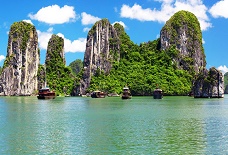 |
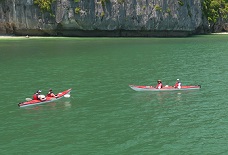 |
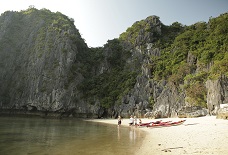 |
and eathering of the karst created the unique Halong Bay in the world. In a not very large area, thousands of islands with different forms look like glittering emeralds attached to the blue scarf of a virgin. The area where many stone islands concentrate has spectacular scenes and world-famous caves and is the center of Halong Bay Natural Heritage, including Halong Bay and a part of Bai Tu Long Bay.
The area is recognized as the World Natural Heritage that is the area of 434 sq. km with 775 islands. It looks like a giant triangle with Ðau Go Island (in the west), Ba Ham Lake (in the south) and Cong Tay Island (in the east) as its three angle points. The nearby area is the buffer area and areas classified as national beauty spots in 1962 by the Ministry of Culture and Information.
In summary, Halong Bay possesses a tremendous diversity of caves and other landforms which derive from the unusual geomorphological process of marine invaded tower karst. These areas provide a unique and extensive reservoir of data for the future understanding of geoclimatic history and the nature of karst processes in a complex environment.
+ Daily Departure
+ Leisurely cruise
+ Visit Grottoes on Limestone Mountain
Morning: 8:00 - 8:30am you will be pick up from your hotel in the old quater, then take 3 hours – Road trip to Ha Long Bay City through Red River delta. Enjoy the scenery of tranquil villages embellished by peaceful green paddy field in the rural Vietnam. 11h.45 arrive in Ha Long City, get on the Boat and have lunch on boat.
Afternoon: 13.00am: Cruise about 4 hours through a maze of islets amid dramatic natural scenery, visit Thien Cung & Dau Go Grottoes, Fishing villages, Pearl farms, Dinh Huong islet, Cock fighting islets. Enjoy the cruise around the bay before taking car to Hanoi.
19h.00 Arrive in Hanoi. End services.
Price: USD50 per person (Value of USD68)
Including:
Transport Round trip transfer by bus
Guide Experienced & English Speaking guide
Boat trip New mast “Sailing” Boat
Food Vietnamese Meals
Other Signseeing Fees
Exclusion:
Pprivate expensive
Tips for tour guide and cruise (it is not a must)
+ Leisurely cruise
+ Visit Grottoes on Limestone Mountain
Morning: 8:00 - 8:30am you will be pick up from your hotel in the old quater, then take 3 hours – Road trip to Ha Long Bay City through Red River delta. Enjoy the scenery of tranquil villages embellished by peaceful green paddy field in the rural Vietnam. 11h.45 arrive in Ha Long City, get on the Boat and have lunch on boat.
Afternoon: 13.00am: Cruise about 4 hours through a maze of islets amid dramatic natural scenery, visit Thien Cung & Dau Go Grottoes, Fishing villages, Pearl farms, Dinh Huong islet, Cock fighting islets. Enjoy the cruise around the bay before taking car to Hanoi.
19h.00 Arrive in Hanoi. End services.
Price: USD50 per person (Value of USD68)
Including:
Transport Round trip transfer by bus
Guide Experienced & English Speaking guide
Boat trip New mast “Sailing” Boat
Food Vietnamese Meals
Other Signseeing Fees
Exclusion:
Pprivate expensive
Tips for tour guide and cruise (it is not a must)
Notes:
Private tour is also avaialbe with similar itinerary at below price:
Please send us this note for this private tour arrangement! - sales@bestofindochinatravel.com or call our hotel line at the website button
Private tour is also avaialbe with similar itinerary at below price:
| Price per person in USD in party of | ||||
| No Of Pax | 1 | 2 - 4 | 5 - 7 | 8 - 10 |
| Price | 205 | 135 | 115 | 85 |
Please send us this note for this private tour arrangement! - sales@bestofindochinatravel.com or call our hotel line at the website button
Other Tours
- Hanoi City Tour
- Hoa Lu - Tam Coc Full Day Tour
- Duong Lam Village full day - 5 in 1 tour
- Bat Trang Ceramic & Dong Ky Carpentry Villages - Full Tour day
- Thay Pagoda, Tay Phuong Pagoda - Van Phuc Silk Village
- Hoa Lu - Trang An Grottoes
- Perfume Pagoda
- GOLF TOUR IN HANOI - ITINERARY “STAY AND PLAY” PACKAGE FOR 2 PERSONS
Best Of Indochina Travel
© 2015 Best of Indochina. Design by Webtravel.vn
Call us 0242 2420 777 or email info@webtravel.vn


